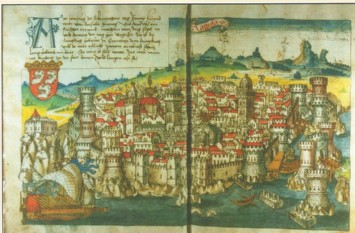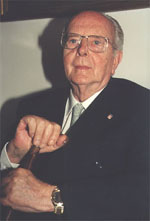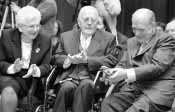CROATIAN GALLERY
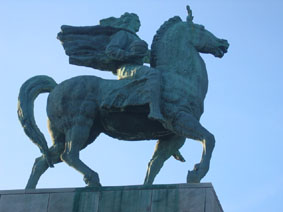
Antun Augustincic: Peace - Horsewoman
New York, United Nations
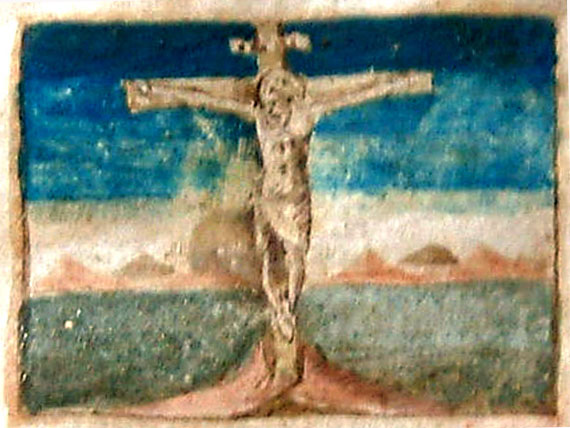
Crucifixion, Croatian Glagolitic Missal, 15th century
Background chant:Madonna's weeping, Pharos Cantors, island of Hvar
To the memory of The King of Dolls
Ljeposlav Perinic (1922, Split - 2005, Buenos Aires)
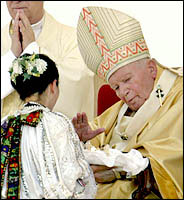
Pope John Paul II (1920-2005)
visited Croatia three times (1994, 1998, 2003)
and twice BiH (1997, 2003)
beatified Cardinal Alojzije Stepinac
beatified Marija of Jesus Crucified Petkovic
beatified Ivan Merz
| I painted so that Divinity in becoming human,
would make humanity divine. |
Maxo Vanka (Zagreb 1889 - Mexico 1963)
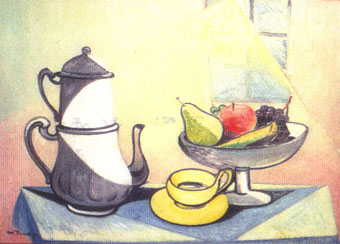
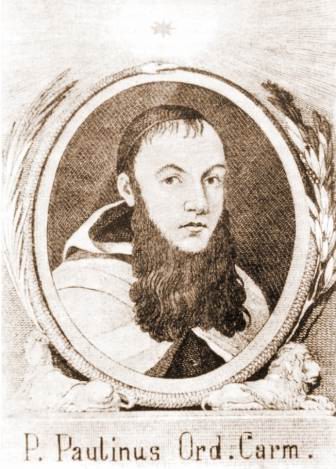
Filip Vezdin or Wesdin (1748-1806), pioneer of European indology
author of the first Sanskrt grammar in Europe
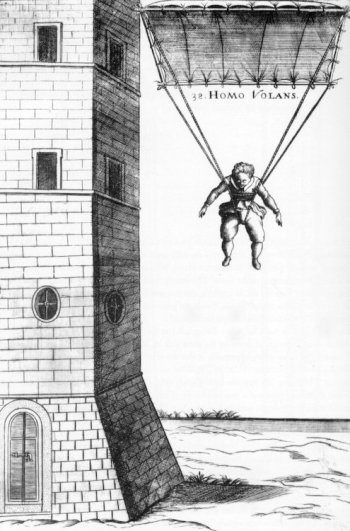
Homo Volans by Faust Vrancic (1551-1617)
author of dictionary of five most noble European languages:
Dictionarium quinque nobilissimarum Europeae linguarum:
Latinae, Italicae, Germanicae, Dalmaticae et Hungaricae (Venice, 1595)
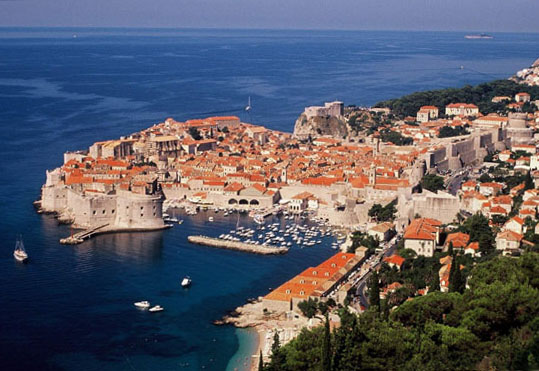
Dubrovnik
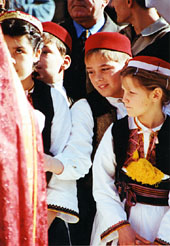
Children of Konavle near Dubrovnik
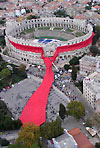
CRAVATE AROUND ARENA IN PULA, 2003
the largest cravate in the world, weighing 450 kg, 808 m long, maximal width 25 m.
The knot itself was tied at the height of 21 meters, and was 15 meters wide!
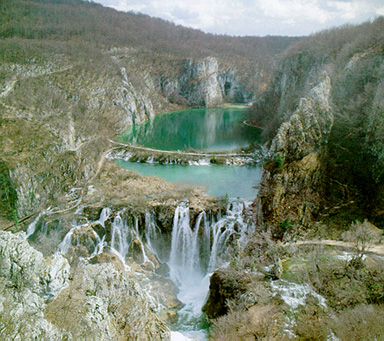
Plitvice lakes
the most beautiful National park in Europe
(included in UNESCO's World Heritage)
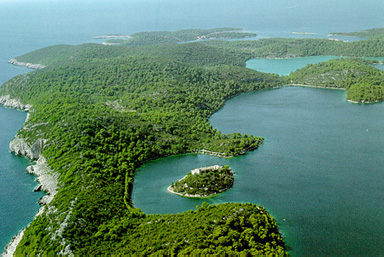

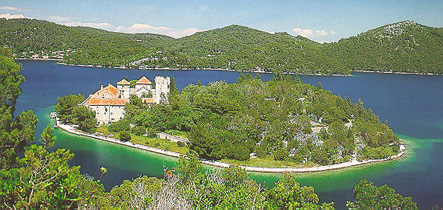
Island of Mljet

Aerial view on the island of Susak
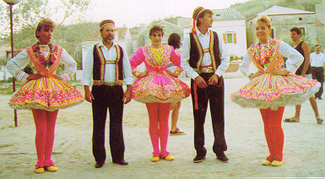
Men's and women's festive folk costume on the island of Susak
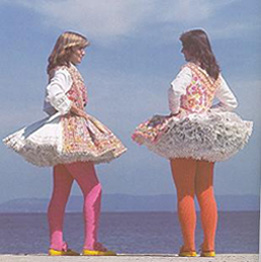
Two women in festive folk costume
on the island of Susak
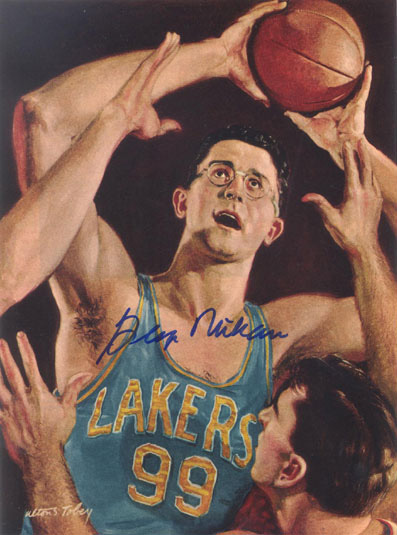
George Mikan (1924-2005), American Croat,
the greatest NBA player of the first half of the 20th century
and one of the greatest in the history of NBA

Paula von Preradovic
author of verses of the Austrian national anthem
Land der Berge, Land der Storme
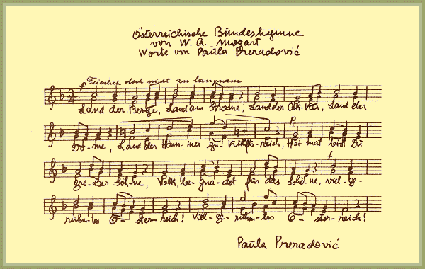
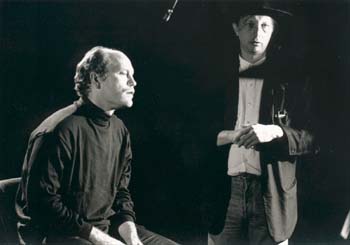
JohnMalkovich reciting verses of Lijepa nasa (Our Beautiful)
Croatian national anthem, in Croatian,
in Los Angeles studio Village Recorder, November 1990
(information by Nenad Bach, New York, July 2005)

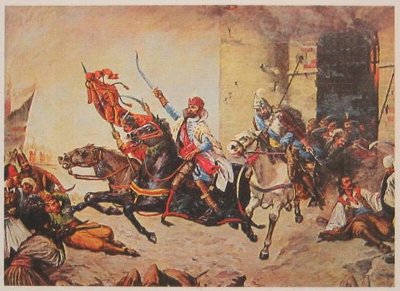
U boj, u boj
JAPAN - CROATIA, JEWELS
Storm Operation, 4-8 August 1995
10 years from the liberation of parts of Croatia,
in particular of Lika and Knin, from Greater-Serbian occupation
10 years of safe connection between Zagreb, Zadar, Sibenik, Split, Dubrovnik,...
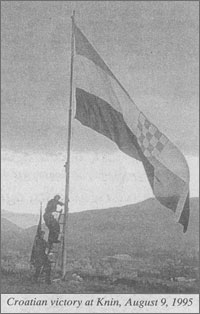
10 years from the libeartion of Knin,
Croatian town which never in history was a part of the so called Krajina
10 years from the deblocade of the town of Bihac in BiH,
preventing the tragedy greater than that of Srebrenica in 1995
Ivan Duknovic: St. John Evangelist, round 1482,
Trogir Cathedral
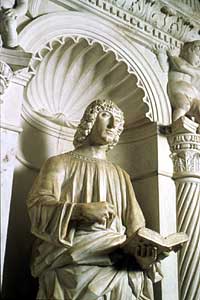
Ivan Duknovic from Trogir, 15/16th centuries
Croatian Renaissance sculptor; some of his works of art are kept in
Musée du Louvre in Paris (l'aile Déon)
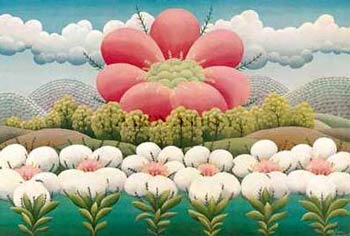
Ivan Rabuzin (1919)
designed a curtain decorating the stage of one of the best Kyoto theaters (Japan),
as well as the Takarazuka theatre in Tokyo (10.5 x 24 m, 1980),
and several other museums in Japan: Sategaya Art Museum in Tokyo,
Saitama Museum of Modern Art in Urawa, Isetan.
Since 1976 his designs are used by "Rosenthal",
renowned producer of procelain ware.

Bunjevci Croats


In 1928 Ivan Mestrovic sent four recommendation letters to his influential friends in Croatia in which he asked to help the Croatian Youth Society BUNJEVAC from the city of Subotica to visit the land of their grandparents - Dalmatia and Herzegovina. As he stated, Bunjevci Croats in Backa have preserved the character of their grandparents in their ikavian speech and customs.
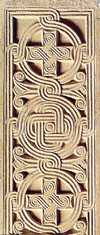
- In a book by a German pilgrim Bernard von Breydenbach, published in 1485, one can read that Ragusa is in Sclavonia, which is a province of Croatian Kingdom (...civitate que Ragusiu vocatur in Schlavonia provincia regni Croacie).
- In 1486 a German pilgrim Konrad von Grünemberg wrote that Dubrovnik is the most important city in Croatian Kingdom (...die kunglich hobstat in Croattien), and that "it is surrounded with incredible strongholds which have no rival in the world". Furthermore, the City is archbishopric, and its jurisdiction encompasses the whole Croatian Kingdom. "...It recognizes the sovreignity of Hungarian king, but he is not able to defend it, since a mighty Turk occupied large portions of Croatia."
- In 1497, a German pilgrim Arnold von Harff wrote in his travel book a short list of 56 Croatian words, as he heard them when talking to citizens of Dubrovnik, with explanation in German. He also wrote that this city is situated in the Kingdom of Croatia (...item dese stat lijcht in dem koenynchrijch van Croattia).
- In 1506 an English Sir Richard Guylforde wrote that "Dubrovnik is in Sclavonia or Dalmatia, which is a province in Kingdom of Croatia."
Premio Brajnovic a la communication is a prestigeous Spanish award (500,000 pesets) established upon the initiative of newspapermen and lecturers from the University of Pamplon as a recognition to Luka Brajnovic (born in 1919 in Kotor, in Boka kotorska in today's Montenegro), a retired professor of Ethics of the University of Navarra, a former director of the Institute of Artes Liberales, a well known Spanish intellectual. It is interesting that the award was established during his lifetime.
Veljko Rogosic was named International Long Distance Swimming Federation World Champion four times between 1971 and 1974.
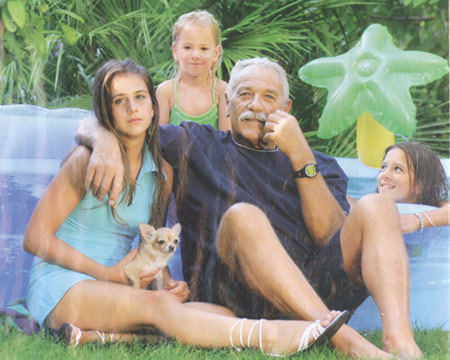
In 1992 this outstanding sportsman entered the International Marathon Swimming Hall of Fame, Florida, USA. He was participant of the Homeland War during Greater-Serbian aggression on Croatia. Recipiant of the Medal of Homeland War from president Franjo Tudjman. His motto and message to young people is
WITH SPORT AGAINST DRUGS
- Rogosic swam La Manche (45 km) in 2004 at the age of 63! For this he needed 11 hours and 27 minutes. His name was written in the 'Gold book of La Manche' as the first Croatian and the oldest man to do so.
- In the summer 2005 he swam almost 1,000 km along Croatian coast (from Savudrija to Rt Ostro in Konavle) in less than two months, at the age of 64! Also, this is the ultra-marathon swimming world record (880 km in 222 hours, in 57 etapes in less than 58 days).
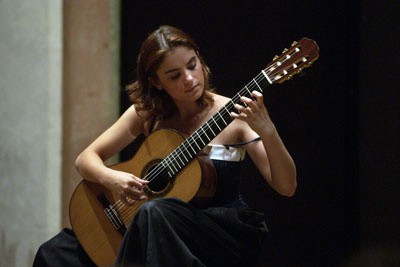
Ana Vidovic (1980), brilliant Croatian guitarist,
has won the 1998 International Guitarist Competition "Francisco Tarrega" in Benicasim, Spain,
then at the age of 18, among forty competitors up to the age 32.
She also won first prizes at "Albert Augustinum International Competition" in Bath, England,
at the "Ferdinando Sor Competition" in Rome.
She had concerts in London, Paris, Vienna, Salzburg, Rome,
Budapest, Warszaw, Tel Aviv, Copenhagen,
Tronto, San Francisco, Houston,
Austin, Dallas, St Luis, etc.
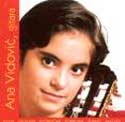
precious stone of Croatian literacy
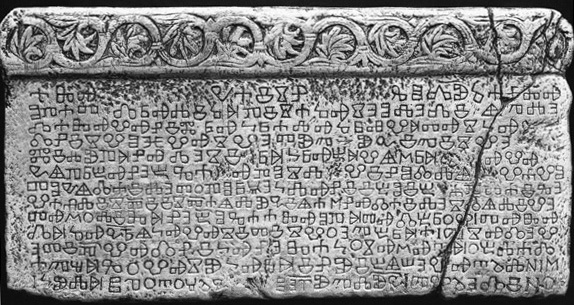
and the question of free speech, freedom of thought,
and free media
in Europe |
The Baska tablet is probably the most famous monument of early Croatian literacy, dating from about 1100.
Its size and weight are impressive: 2x1 m, 800 kg. According to Branko Fucic and Eduard Hercigonja,
the language of inscription is Croatian - Chakavian with elements of liturgical Church Slavonic,
and the script is Croatian Glagolitic.
It was found in the church of St. Lucy (Sv. Lucija) in Jurandvor near Baska on Krk,
the largest Croatian island.
NEW LIFE (NOVI ZIVOT)
Hrvatska - Zagreb - Croatia
Founded in 1948 in Zagreb, and until 1986 the only blind theatre company in Europe!
and the question of free speech, freedom of thought,
and free media
in Europe |
The SUVAG center for voice transmission for reeducation of speach disorders and deafness
has been founded in Zagreb in 1961 by Academician Petar Guberina (1913-2005).
The name of SUVAG is coined from
Systeme Universel Verbotonal d'Audition Guberina.
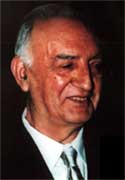
His verbo-tonal system is in use throughout the world, on all five continents.
His books were translated into many languages, including Arabic and Japanese.
In France, he was awarded the Legion of Honour.
Among scientists studying seismology the famous Moho-layer (or Moho-discontinuity)
of the Earth is well known. It was named after the great Croatian geophysicist
Andrija Mohorovicic (1857-1936).
His discovery was essential for understanding the inner structure
of the Earth and the behavior of seismic waves.
Together with the theory of forces due to Rudjer Boskovic,
this is probably the greatest achievement in the
history of Croatian science.
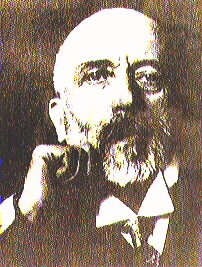
As a boy of 15 he spoke Italian, French, and English as well as his native Croatian,
later added German, Czech, Latin, and old Greek.
Two Croatian names appear on the map of the Moon.
The name of Rudjer Boskovic was given to a mountain on the visible side,
and the name of Aandrija Mohorovicic to a mountain
on the dark side of the Moon.
Marko Marulic, the "father of Croatian literature" (born in Split, 1450-1524),
was the most famous spiritual writer of his time in Europe,
and also the first who defined and used the notion of psychology.
His book De institutione bene vivendi (six volumes, 64 chapters), published in Venice in 1506,
was translated from Latin into
- Italian,
- German (five editions between 1583 and 1614, all in Köln, in parts already in 1568),
- French (7 editions, the first in 1585),
- Japanese (in parts, 1585)
- Portuguese and
- Czech,
St. Francis Xaver had taken only two books
on his long pilgrimage to the East (India, Japan and China):
the Bible and De institutione.
In his testament St. Francis Xaver asked that Marulic's book be burried with him.
Marulic left us many beautiful verses and the epic poem Judita written in the Croatian language,
for which he sais expressly to be written in the Croatian verses (versi harvatski).
Marulic's texts have been used extensively by Thomas More and Henry VIII.
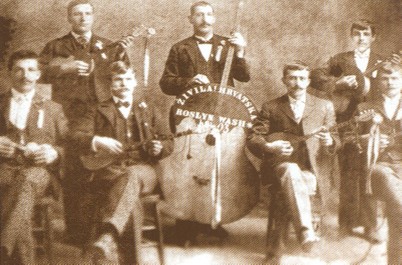
Tamburitza orchestra "Zivila Hrvatska" (Long Live Croatia), USA,
performed in the White House for president F. Rooswelt in 1900.
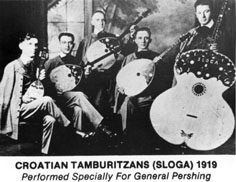
Croatian Tamburitzans performed specially for General Pershing in1919
(Split 1855, Washington 1925)
discovered the first major gusher in Texas, The Lucas gusher,
flowing at the rate of 80,000 to 100,000 barrels per day. It blew in January 1901.
About 50,000 people came to see it.
This meant the first massive exploitation of oil and petroleum in history.
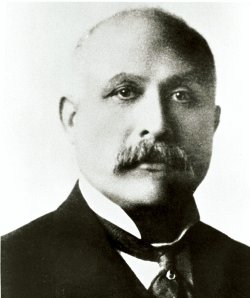
A museum with 18 m high granite obelisk was built in honour to the Lucas gusher in Spindletop.
There is also 1,5 m granite monument of Lucic with inscription saying that
his discovery revolutionarized industry and transport,...
and changed lives of people in the whole world.
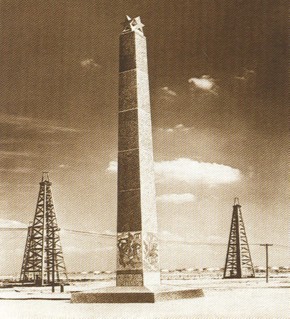
The American Institute for Geological and Metalurgical Investigations founded a prize
Anthony F. Lucas Gold Medal.
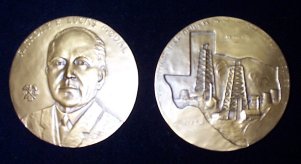
We commemorate hundred and fifty years from his birth, and eighty years from his death.
20 years since the death of one of the greatest portraitists of the 20th century,
known also as "pintor croata-peruano"
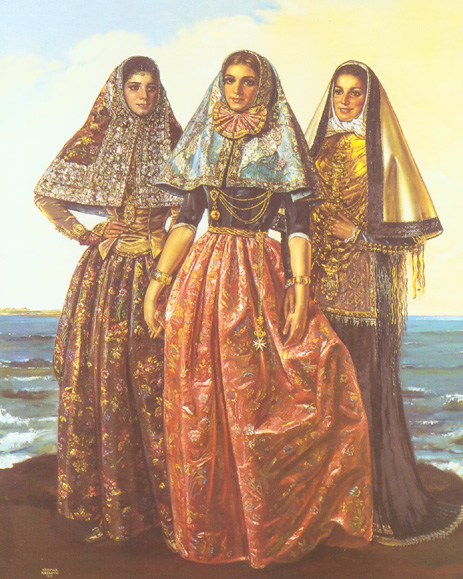
Mallorca, Menorca, and Eivissa, in national costumes of Balearic islands
kept in Museu Krekovic, Palma de Mallorca
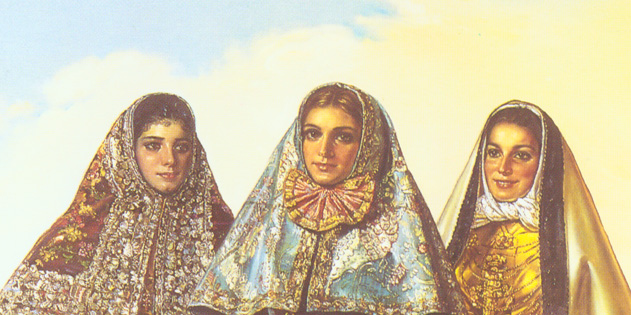
Kristian Krekovic portrayed Mahatma Gandhi (1931), The English Queen Elisabeth (1938),
the Swedish King Gustav V (1948), Royal family of Spain, etc.
Croatian coat of arms:
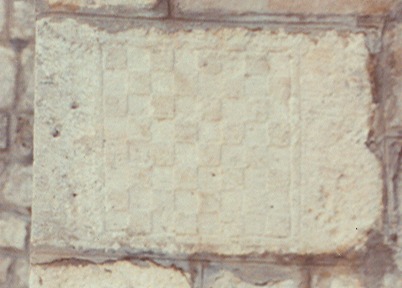
Croatian coat of arms, not later than 1494,
and probably much older (a remain of unknown church),
Church of St. Lucija, Jurandvor near Baska, island of Krk
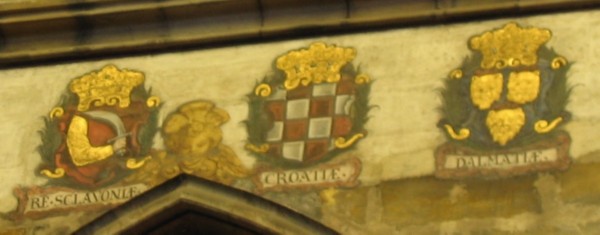
Old Croatian coats of arms in the cathedral of St Vitus, Hradcani in Prague, Czech Republic
(Regnum Sclavoniae, Croatiae, Dalmatiae)
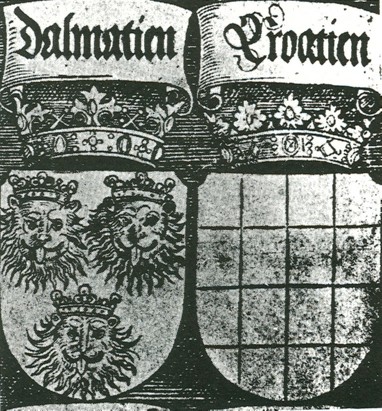
Croatian coats of arms (Dalmatien, Croatien) drawn by Albercht Dürer (1427-1528),
kept in Albertina in Vienna
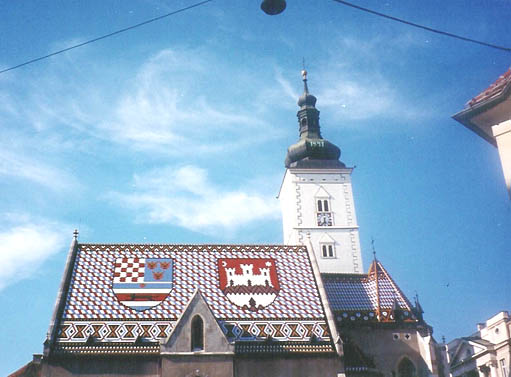
Croatian coat of arms on the roof of the Church of St. Marko in Zagreb, since 1878
(photo by Hippo)
Coat of arms of the Republic of Croatia
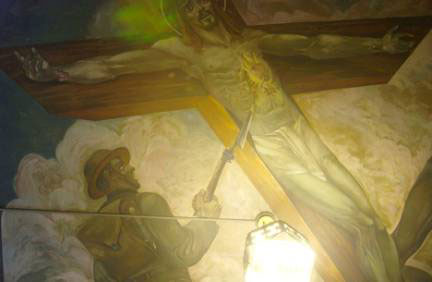
from a mural by Maxo Vanka in St. Nicholas Croatian Church, Pennsylvania, USA
(photo by David Burne, New York)
Croatian coat of arms
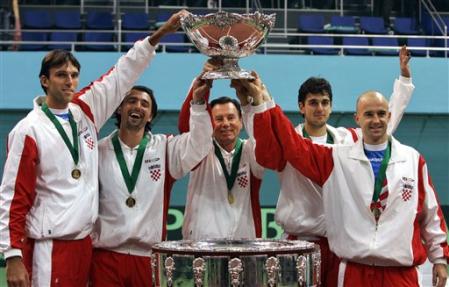
Croatian coat of arms
Formated for CROWN by Prof.Dr. Darko ®ubriniæDistributed by www.Croatia.org . This message is intended for Croatian Associations/Institutions and their Friends in Croatia and in the World. The opinions/articles expressed on this list do not reflect personal opinions of the moderator. If the reader of this message is not the intended recipient, please delete or destroy all copies of this communication and please, let us know!




































